What is Waardenburg syndrome?
Waardenburg syndrome is a rare disease caused by genetic defects which occurs in 1 in 50000 populations. It presents with defects in eye, skin, and hair right from the birth.
It may be associated with other birth defects like cleft lip, cleft palate, intestinal and spinal defects as well. A Dutch ophthalmologist Petrus Johannes Waardenburg described the first case and it was named after him.
It is caused by defects in genes involved in the making of melanocytes, the cells which are necessary for pigmentation of skin, hair, and iris and for normal hearing. [1, 2, 7]
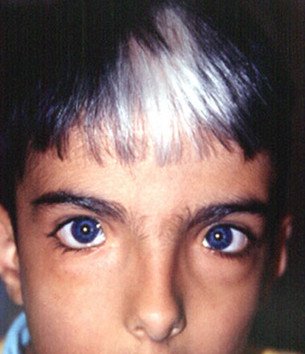
Picture 1: Waardenburg syndrome showing unequal facial feature, blue iris, white forelock
Image Source: emedicine.medscape.com
Other names for Waardenburg syndrome [WS]:
- Waardenburg type Pierpont
- Van der Hoeve-Halbertsma-Waardenburg syndrome
- Mende’s syndrome II
- Van der Hoeve-Halbertsma-Gualdi syndrome
- Ptosis-Epicanthus syndrome
- Van der Hoeve-Waardenburg-Klein syndrome
- Klein Waardenburg syndrome
- Waardenburg syndrome II and Vogt’s syndrome
- Waardenburg-Klein syndrome
- Waardenburg Shah Syndrome
- Van der Hoeve and Vogt’s syndrome [1,9]
Types – Waardenburg syndrome:
Waardenburg syndrome is classified as 4 types based on the genes which are involved and the difference in their symptoms. Of the 4 types, Type 1 and 2 are common while type 3 and 4 are rare. [1, 3]
Waardenburg syndrome type 1
Cause:
This syndrome is caused by defect in a gene called PAX3. It is transmitted from the parents to the children by autosomal dominant inheritance, which means the defect in one out of 2 copies of the gene is sufficient to cause the disease.
In this case, one of the parents has the defective gene which has been transmitted to the children. Sometimes both the parents are normal and the syndrome develops in the children due to new mutation in their gene.
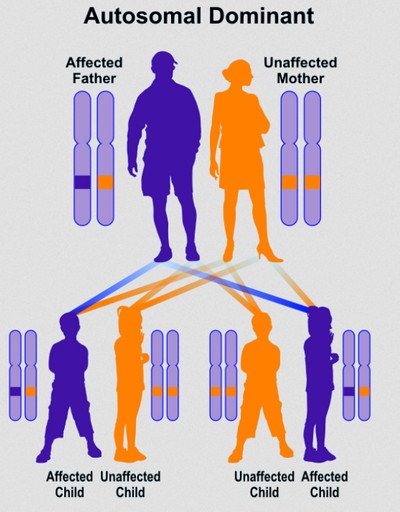
Picture 2: Autosomal dominant inheritance of Waardenburg syndrome
Image Source: disorders.eyes.arizona.edu
Symptoms
- Sensory neural hearing loss – The hearing loss may range from mild to severe and is noticed by the parents when the baby fails to respond to sound. Also there is delay in development of speech due to the hearing loss. But the hearing loss does not worsen with time and may be present in one or both the ears. [3,4]
- Abnormally colored iris – There may be a difference in the color of iris in both the eyes (heterochromia iridum) or presence of different colors in different segments of the same iris (heterochromia iridis). The iris has a brilliant blue color.[1]

Picture 3: Iris of different colors in both the eyes – heterochromia iridum
Image source: googleusercontent.com

Picture 4: Presence of different colors in the same iris – heterochromia iridis
Image Source: units.miamioh.edu
- White forelock or white hair on any site of the body. There may be whitening of the eyebrows and eyelashes
- Presence of inner canthus of eye more laterally creating an appearance of wide basal bridge (dystopia canthorum)

Picture 5: white forelocks and dystopia canthorum in Waardenburg syndrome
Image Source: classconnection.s3.amazonaws.com
- White patches in the skin with a dark outline present at birth (congenital leucoderma)
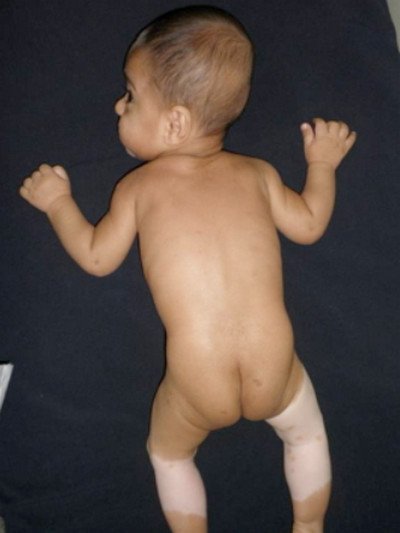
Picture 6: Congenital leucoderma in Waardenburg syndrome
Image Source: escholarship.org
- Unequal facial features and facial palsy may be present in severe case [1,2,6]
Not all these symptoms present in all the patients of Waardenburg syndrome. Every symptom has individual variability. And these symptoms are used to make criteria that help to diagnose the disease clinically and to differentiate it from clinically similar conditions. The criteria are divided into major and minor.
Presence of 2 major criteria or 1 major and 2 minor criteria are necessary to diagnose Waardenburg syndrome.
Waardenburg syndrome type 2
Cause
It is caused by defect in the genes MITF and SNAI2. It is transmitted from parents to the offspring in autosomal recessive pattern which requires both the copies of the gene to be defective for the disease to manifest. In this case, the both the parents act as carrier of the defective gene , each having one copy of it and passes it on to the child.
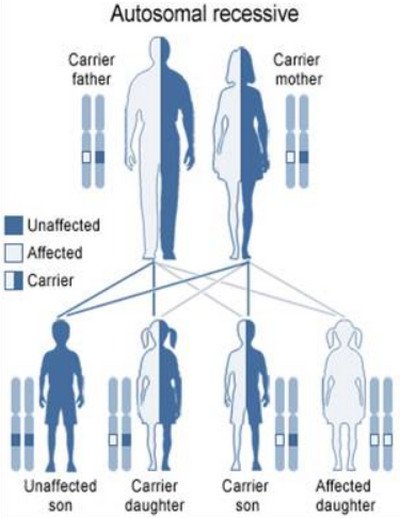
Picture 7: Autosomal recessive Waardenburg syndrome
Image Source: in.gov
Symptoms
Waardenburg syndrome type 2 presents with the symptoms similar to type 1 except that there is no dystopia canthorum.
The hearing loss is more profound than Waardenburg Syndrome type 1
Presence of skin manifestations like leucoderma and white forelocks are less common than type 1. [1, 3]
Waardenberg syndrome type 3:
Cause
It is caused by defect in PAX 6 gene and is also inherited from the parents by autosomal dominance similar to Waardenburg syndrome type 1. It is also known as Klein Waardenberg syndrome
Symptoms:
Waardenburg Syndrome type 3 has the typical features of type 1 along with abnormalities in upper limb like hypoplasia and contracture of limb muscles and joints, fused fingers (syndactyly), abnormalities in the wrist bones etc.
It may also be associated with seizure, mental retardation and smaller head. [6]
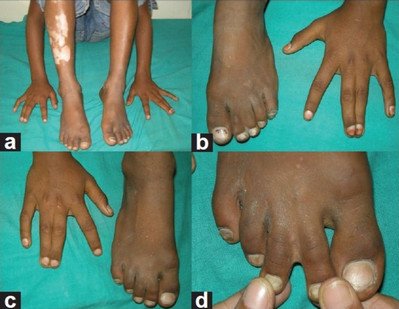
Picture 8: Syndactyly in Waardenburg syndrome type 3
Image Source: ijdvl.com
Waardenberg syndrome type 4:
Cause:
Waardenburg syndrome type 4 is caused by defect in SOX10, EDN3, or EDNRB genes. They are also inherited in autosomal recessive manner. These genes are also responsible for development and migration of the nerve cells in the gut. This syndrome is also known as Waardenburg Syndrome
Symptoms:
Waardenburg Shah Type 4 presents with symptoms of type 1 along with neurological manifestations and Hirshsprung disease. It is by the abnormality in the neurons present in the bowels resulting in constipation as the bowels fail to relax. [1, 8]
Diagnosis of Waardenburg Syndrome
Clinical diagnosis
There are five symptoms in each criteria to diagnose Waardenburg syndrome. The presence of two major or one major and two minor criteria is necessary for the diagnosis of Waardenburg Syndrome. [1, 4]
Other methods of diagnosis:
Molecular genetic testing and cytogenetic testing using various techniques like sequencing the DNA are used to detect the gene that has been affected. In combination with the clinical diagnosis, it is possible to detect more than 90% of the disease causing mutation. [4]
Colon or Rectal biopsy to diagnose Hirshsprung disease associated with Type 4 Waardenburg Syndrome which can be assisted by Plain X Ray abdomen [5]
Treatment of Waardenberg syndrome:
- There is no cure for Waardenburg Syndrome. [1] The treatment is aimed at symptomatic relief depending on the type of Syndrome. It needs a multidisciplinary treatment approach which needs a team of doctors from various specialties with good experience in children with such conditions. [9]
- A couple who are known to have Waardenburg syndrome or have high risk of being carriers should get genetic counseling to make well informed medical decisions regarding child birth and prenatal testing if they are eligible. [4]
- Supplementation of folic acid reduces the incidence of spinal defects in the fetus.
- When a child is born with Waardenburg syndrome and has been diagnosed, steps must be taken to treat the disease symptomatically. The extent of hearing loss must be assessed so that they could be treated by using cochlear implants which are the only definitive treatment for sensory neural hearing loss. [9] As the hearing loss is not progressing, there is no need to repeat the audiogram. There are many Associations which undertake activities related to families with children suffering from hearing loss. This brings the different people suffering with the same ailment, as a group which makes it easy to share information among them. Such organizations are Alexander Graham Bell Association for the Deaf, Hard of Hearing American Academy of Audiology etc… [7]
- Hirshsprung disease may be treated by removing the abnormal part of bowel surgically.
- Similarly, the skin and other conditions must be treated accordingly by the specialists.
Waardenberg syndrome in Ferrets:
Among the animals, Waardenberg syndrome is fairly common with in ferrets. Similar to human beings, ferrets also presents with hearing loss and pigmentation abnormality in the coat. It presents in 2 patterns – BLAZING skin in which there is a white stripe on the top of head, extending to nape of neck and Panda coat pattern in which white color extends from the top of its nose towards shoulder.
As the offsprings are also affected, the ferrets with disease are neutered and are used as pet animals. However, due to mass-breeding, around three fourth of ferrets in the US with a patterned coats are deaf [1] and it causes behavioral and training problems in these pet ferrets. [10]
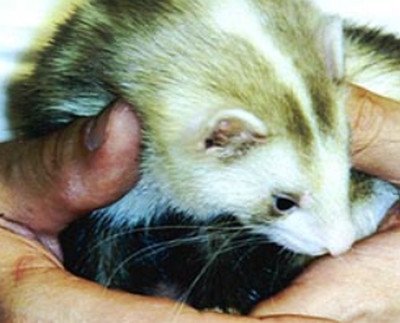
Picture 9: Blazing skin Ferret with white stripe on head
Image Source: cypresskeep.com

Picture 10: Panda coat Ferret
Image Source: photobucket.com
References:
- http://en.wikipedia.org/wiki/Waardenburg_syndrome
- Robbins and Kotran Book of Pathology 7/e pg 1280
- http://ghr.nlm.nih.gov/condition/waardenburg-syndrome
- http://www.ncbi.nlm.nih.gov/books/NBK1531/
- http://www.nlm.nih.gov/medlineplus/ency/article/001428.htm
- http://emedicine.medscape.com/article/1113314-clinical#a0217
- https://www.rarediseases.org/rare-disease-information/rare-diseases/byID/430/viewAbstract
- http://www.omim.org/entry/277580
- http://www.californiaearinstitute.com/ear-disorders-waardenburg-syndrome-bay-area.php
- http://www.cypresskeep.com/Ferretfiles/Deaf.htm
